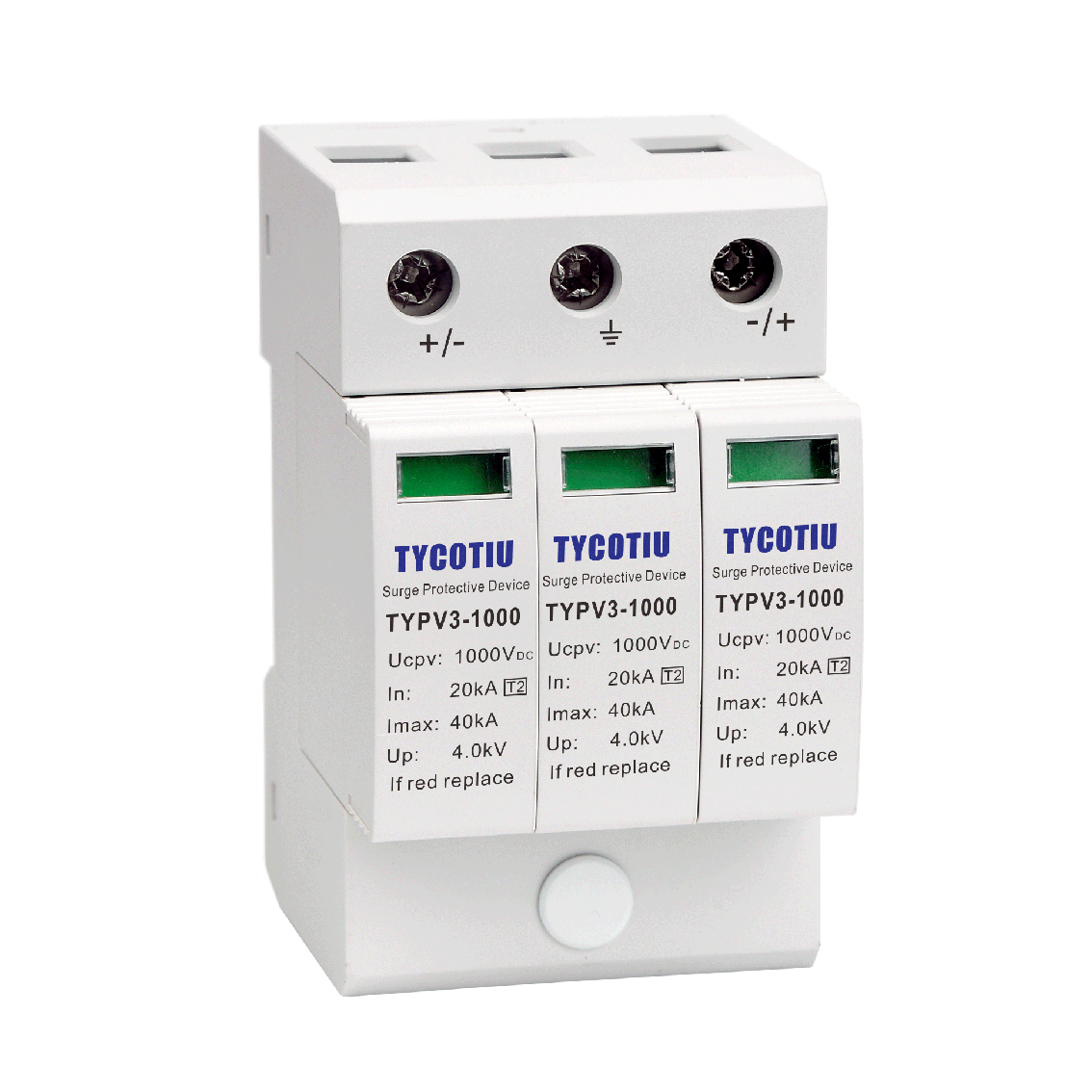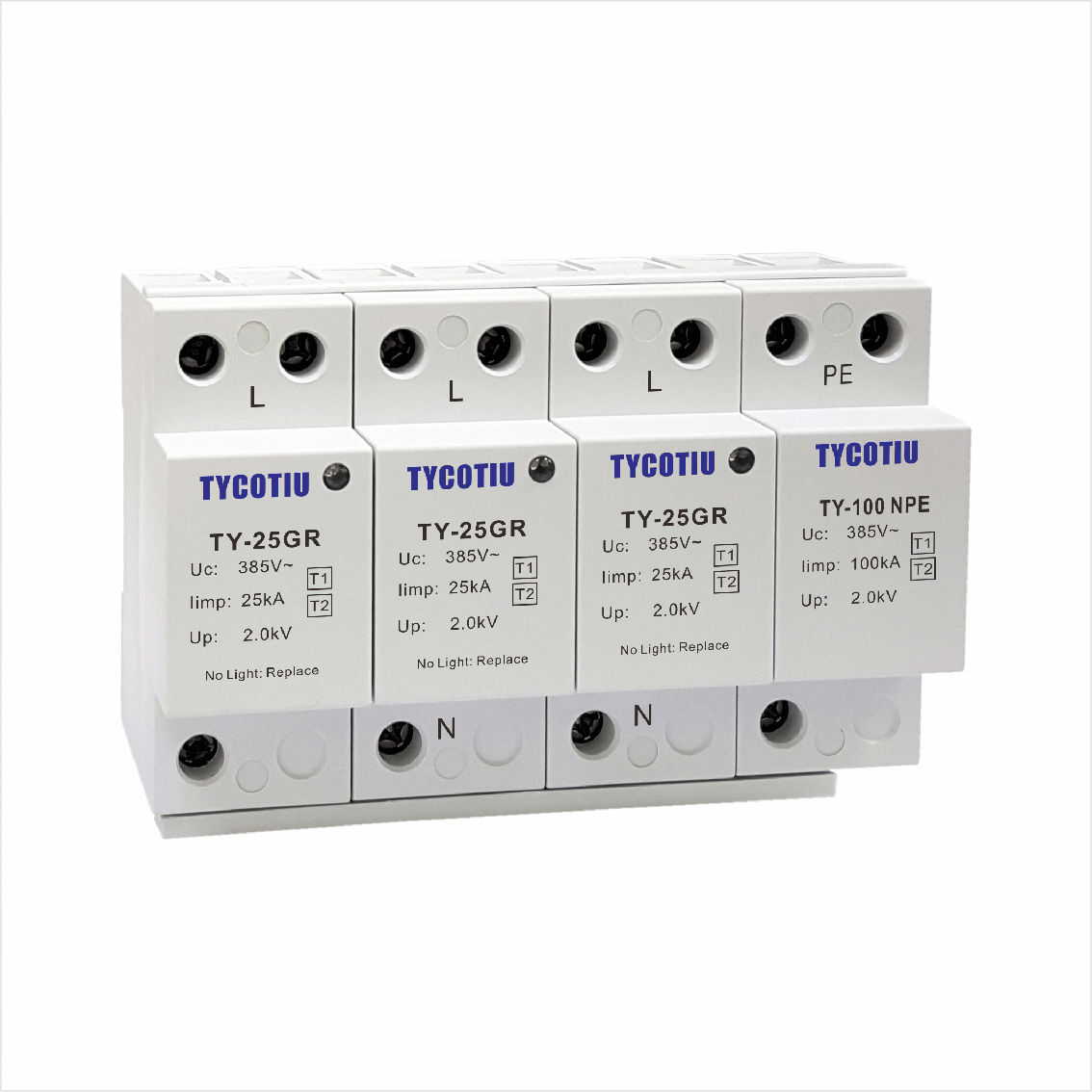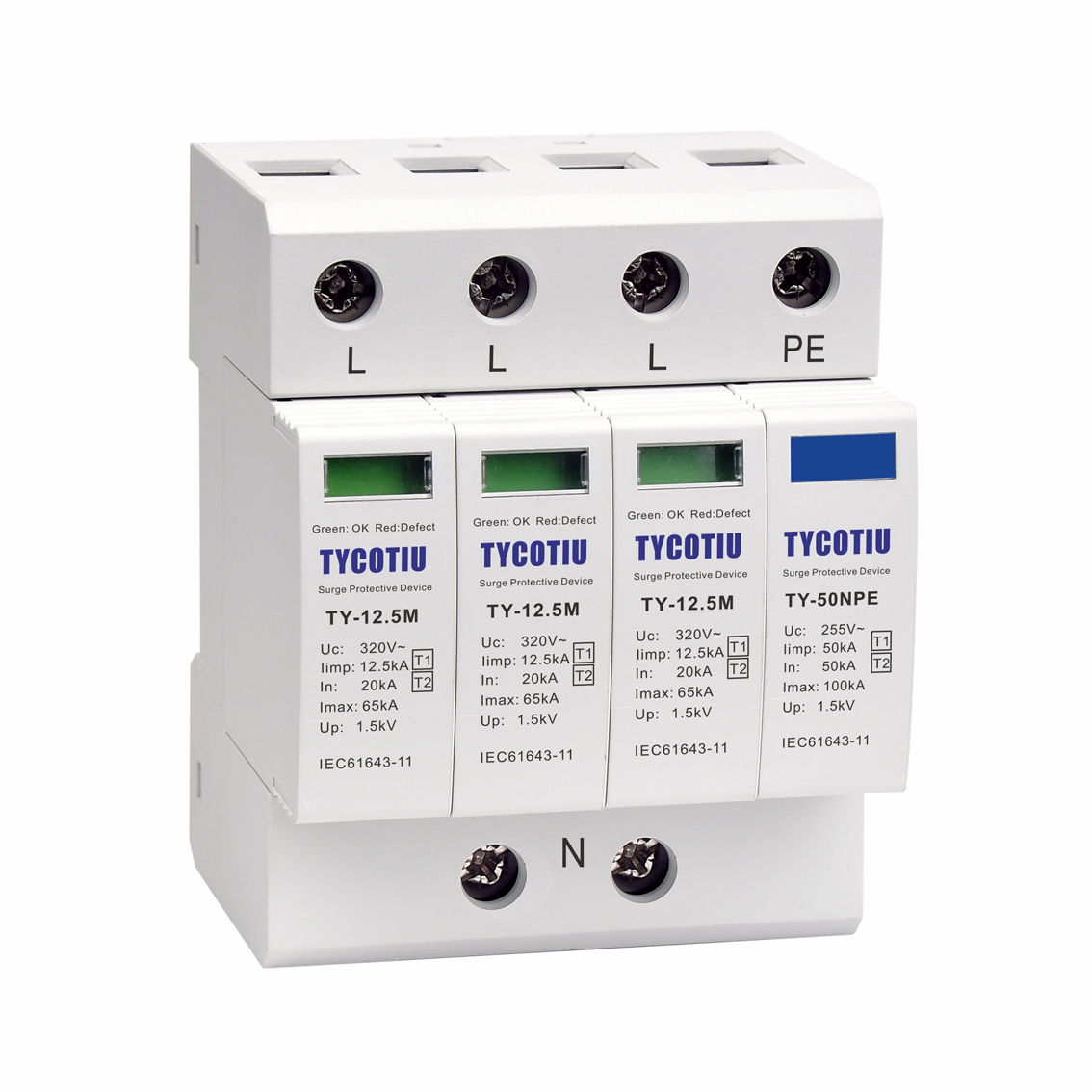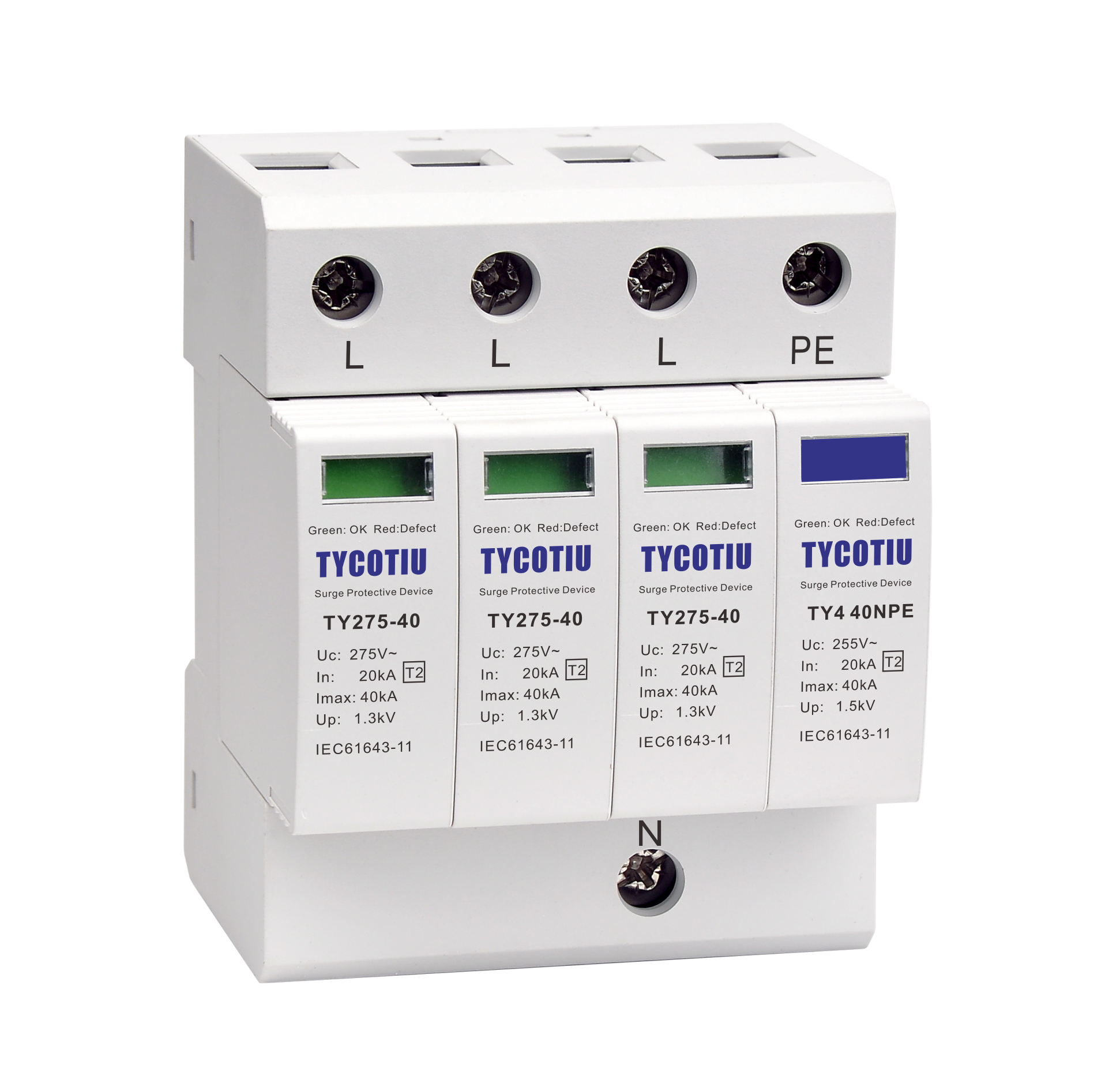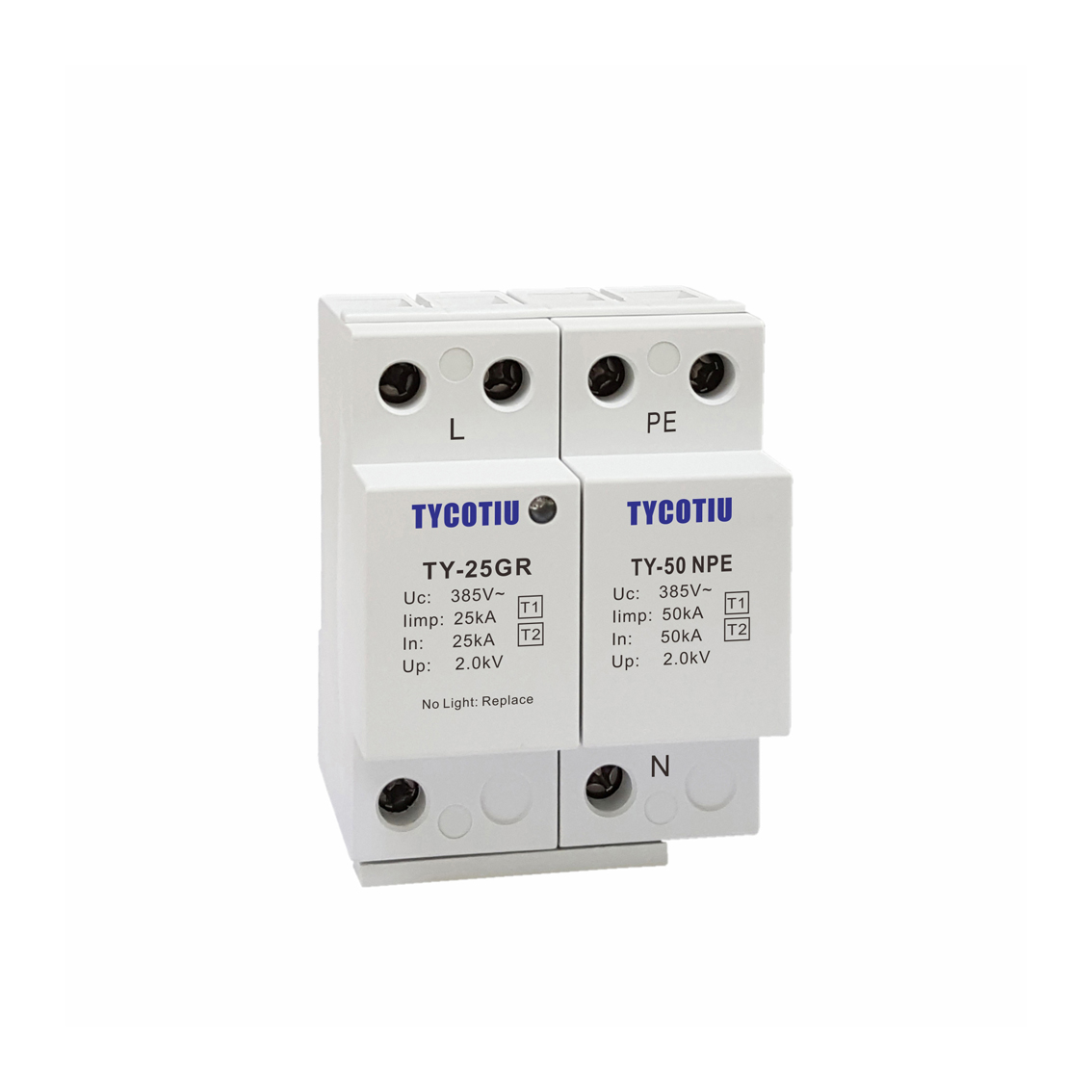Now many units have installed SPC Exchange, and the main component of the SPC Exchange is the integrated circuit (IC). The IC's anti-interference ability is relatively low, and even the lightning electromagnetic pulse (LEMP) induced from the line can break down the IC components. Therefore, the SPC Exchange is prone to lightning accidents. The damaged parts are mostly relay boards, user boards, billing cards and power supply parts. Due to the high value of these motherboards, in order to reduce economic losses, some users have tried various methods to protect the switch, and even insured the switch with an insurance company, but the loss caused by the interruption of communication caused by lightning strikes is irreparable. Therefore, the lightning protection of the SPC Exchange is particularly important.
The equipotential connection of the switch
The purpose of equipotential connection of the switch is to reduce the potential difference between various metal components and systems in the space where lightning protection is required.
The quality of building lightning protection facilities
According to the relevant provisions of GB50057-94, the building of SPC Exchange must have facilities for preventing direct lightning strikes. When the height of the building exceeds 30m (type 1 lightning protection), 45m (type 2 lightning protection) and 60m (type 3 lightning protection), the large metal objects such as railings, doors and windows on the outer wall of the above height should be connected to the lightning protection device. In addition, the grounding resistance of lightning protection facilities should also meet the requirements of relevant specifications.
The lightning protection zone (LPZ) inside the building
According to the relevant provisions of IEC1312-1, the building is divided into 4 areas: LPZOA, objects in this area may be directly struck by lightning; LPZOB, objects in this area cannot be directly struck by lightning, and the electromagnetic field in the area is not attenuated; LPZ1, objects in this area cannot be directly struck by lightning, and the electromagnetic field in the area may attenuate; LPZ2 is the follow-up lightning protection area. According to the above zoning principle, SPC Exchange should be placed in the LPZ2 area as much as possible to reduce the impact of lightning electromagnetic pulse on the switch.
The location of the SPC Exchange room
The location of the SPC Exchange room should be determined in combination with the terrain location and other factors. For high-rise buildings, the general practice is to set the room in the space below the 4th floor and above the first floor. In humid areas, it is not advisable to set up the room on the first floor.
In modern communication systems, a well-designed lightning protection system is critical to the safe operation of equipment, not just for SPC Exchange. To ensure the secure operation of the entire communication network, you must strictly follow the principles of comprehensive lightning protection and plan lightning protection from all possible routes.

